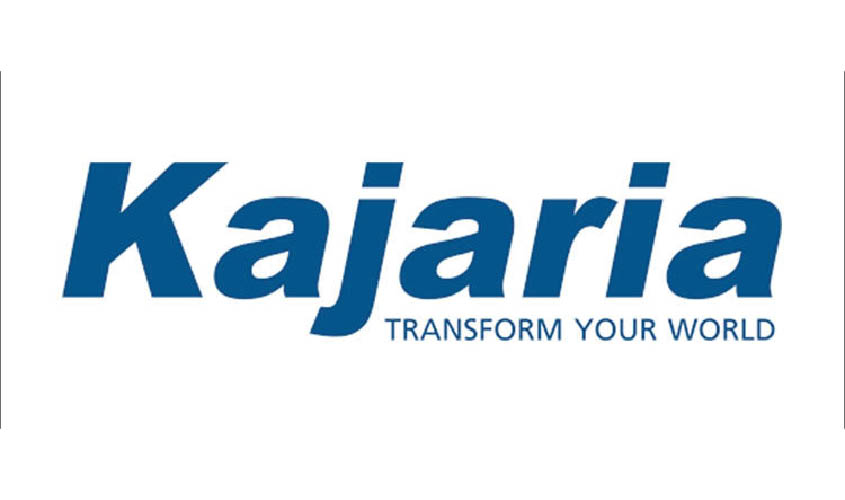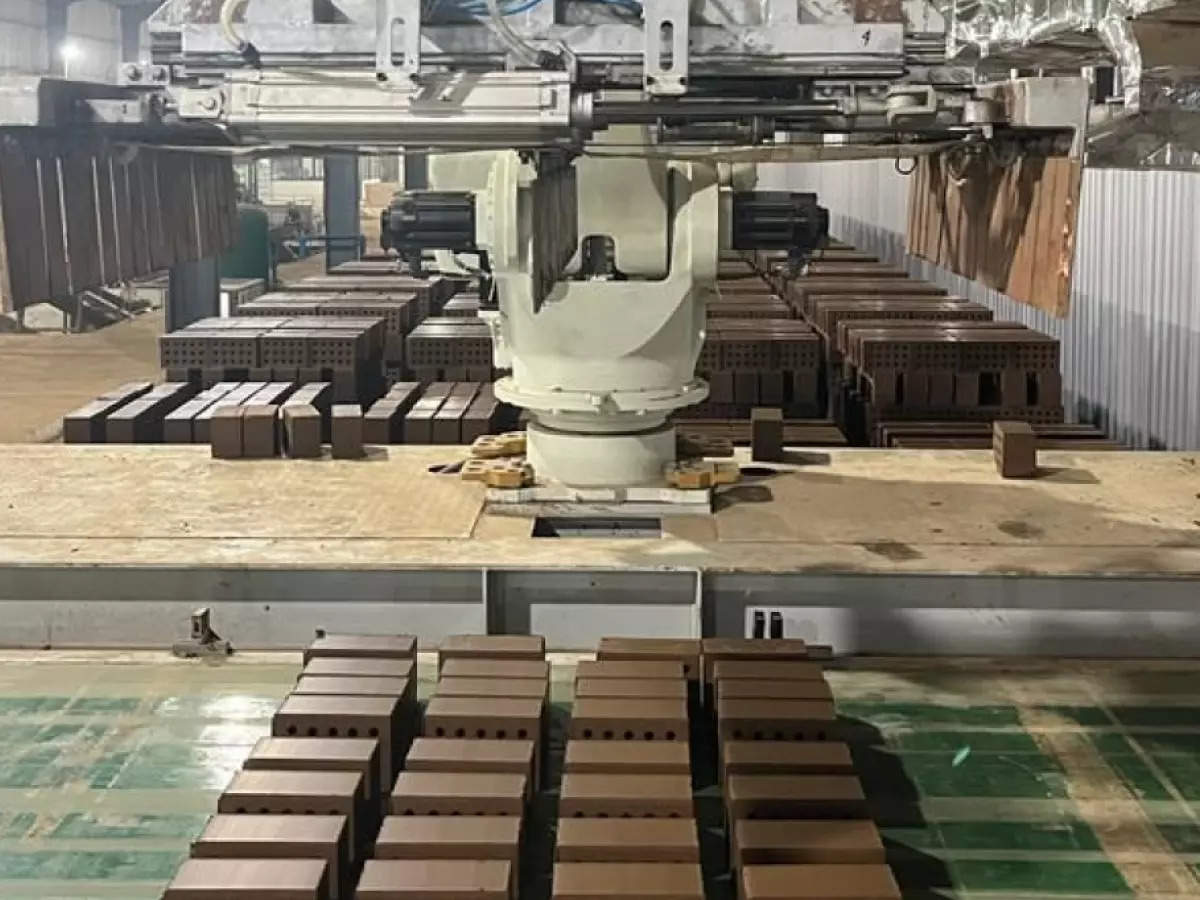E - PAPER
Rising prices & imports puts pressure on rupee
It is not just rising prices and imports of crude that have put pressure on the rupee. From coal & coke to electronics and minerals. The rupee continued its slide against the dollar last week, falling below 72 at one stage before closing at 71.73. While a surge in crude oil prices has been
 BY
admin
BY
admin
Published - Monday, 10 Sep, 2018

It is not just rising prices and imports of crude that have put pressure on the rupee. From coal & coke to electronics and minerals.
The rupee continued its slide against the dollar last week, falling below 72 at one stage before closing at 71.73.
While a surge in crude oil prices has been largely blamed for the projected rise in the current account deficit (CAD) and the pressure on the rupee, a closer look at items imported by India shows that apart from a jump in crude imports (in value terms), several other items are playing a role, alongside a slower growth rate of exports.
In line with the rise in global crude prices from around $50 per barrel in April 2017 to around $70 towards the end of March 2018, the value of petroleum and crude imports jumped almost 25% from $86.9 billion in FY17 to $108.6 billion in FY18, thereby leading to a jump in the CAD from 0.6% of the GDP to 1.9%. As the prices of crude continue to rise, some estimates suggest that the CAD may rise to levels of around 2.8%-3% of the GDP in FY19.
The import basket, however, shows crude may not be the only one disturbing the equilibrium. In 2017-18, the value of imports of coal and coke jumped 45.3% to $22.9 billion from $15.7 billion in 2016-17. Even the value of imports of metaliferous ore and minerals rose nearly 47% to $9 billion, from $6.1 billion. Another major component has been pearls, precious and semi-precious stones, whose imports climbed 44% from $23.8 billion to $34.2 billion.
So, while crude imports jumped $21.7 billion, the imports of coal and coke, metal and mineral, non-ferrous metal and iron and steel rose $15.9 billion, or nearly 73% of the jump in petroleum and crude imports.
RELATED STORY VIEW MORE
NEWS LETTER
Subscribe for our news letter
E - PAPER
-

CURRENT MONTH 
LAST MONTH















